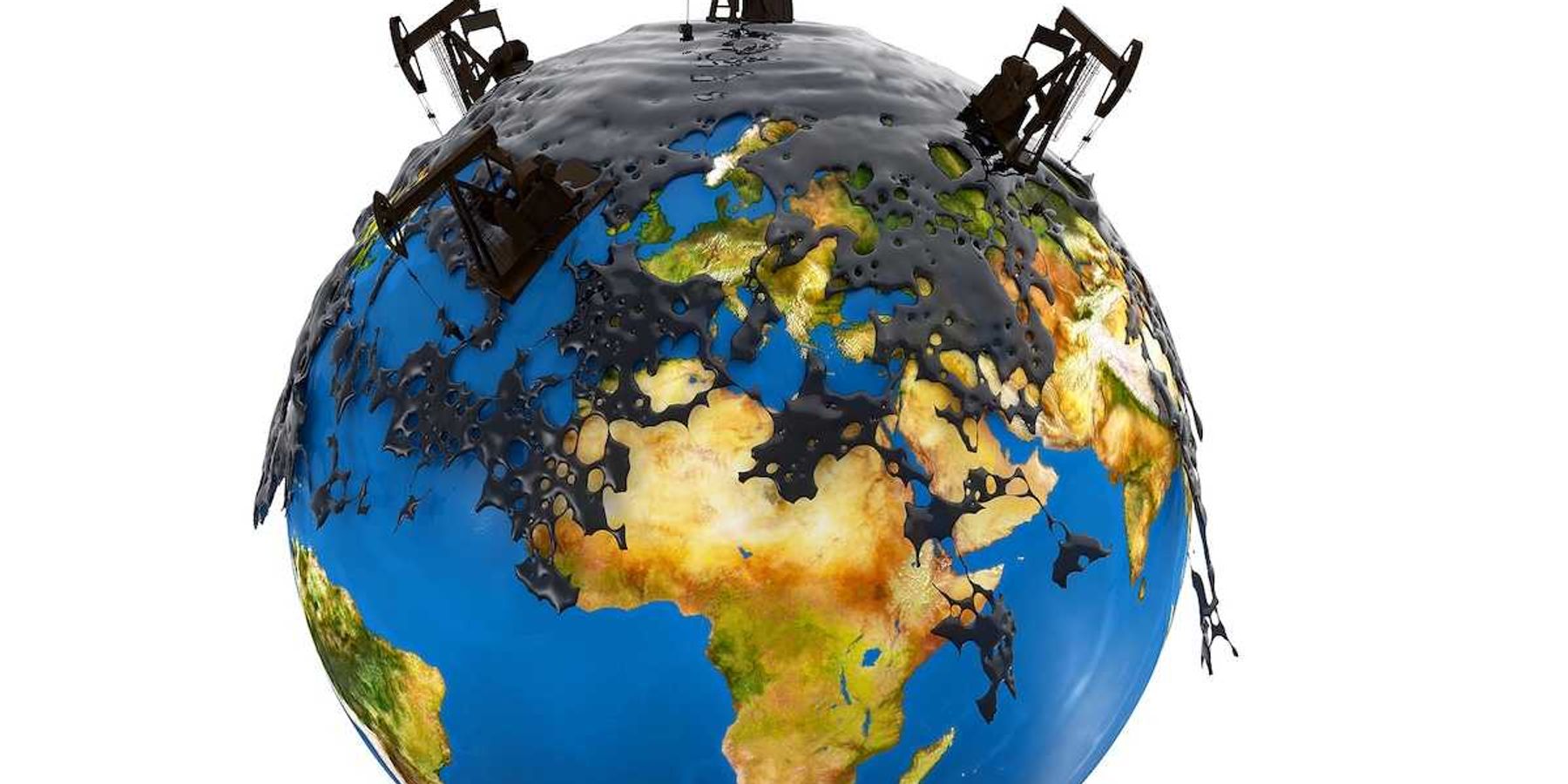energy;transmission
Ruling allows construction of controversial energy line to proceed
A U.S. judge has dismissed a challenge by Native American tribes and environmentalists against a $10 billion energy transmission project in Arizona.
In short:
- The judge ruled that the tribes' and environmentalists' challenge came too late, allowing the SunZia energy transmission line project to proceed.
- The project, spanning from New Mexico to California, is designed to transport wind-generated electricity.
- The SunZia project is seen as integral to President Biden's climate agenda but faces opposition due to its impact on historic and cultural sites.
Key quote:
"This decision provides assurance moving forward that projects that follow permitting processes and obtain proper approvals will not be threatened years later by baseless legal claims."
— Cary Kottler, chief development officer of Pattern Energy
Why this matters:
The ruling emphasizes the ongoing tension between large-scale renewable energy projects and the preservation of cultural and environmental resources. This decision may set a precedent for future infrastructure projects facing similar opposition.
US energy department selects sites for major electric transmission projects
The Department of Energy has identified 10 key areas for building high-capacity electric transmission lines to boost clean energy distribution across the U.S., as part of President Biden's climate strategy.
In short:
- The DOE's plan aims to expand the power grid via multistate ultra-high-capacity lines, enhancing nationwide clean energy accessibility.
- These corridors are intended to connect major renewable power sources to the grid, leveraging a $2 billion investment from the 2021 bipartisan infrastructure law.
- Secretary of Energy Jennifer Granholm emphasized that the initiative would modernize the grid and support the goal of 100% clean electricity by 2035.
Key quote:
"To meet our climate goals we have to more than double our transmission capacity."
— John Podesta, White House clean energy adviser
Why this matters:
This initiative is geared toward enhancing the distribution of renewable energy sources such as wind, solar, and hydroelectric power across vast distances, which is important for reducing reliance on fossil fuels and combating climate change. Building these transmission lines is a step toward stabilizing energy prices and boosting economic growth through job creation in the construction and maintenance of the infrastructure. For communities, particularly those in remote or underserved areas, the enhanced infrastructure can lead to more reliable energy access and potentially lower electricity costs.
How dueling PDFs explain a fight over the future of the grid
Groups for and against transmission “right of first refusal” laws paid for studies to make their cases, which show up repeatedly in state debates. Here’s what’s in between the lines—and what the outcome may mean for consumers.









